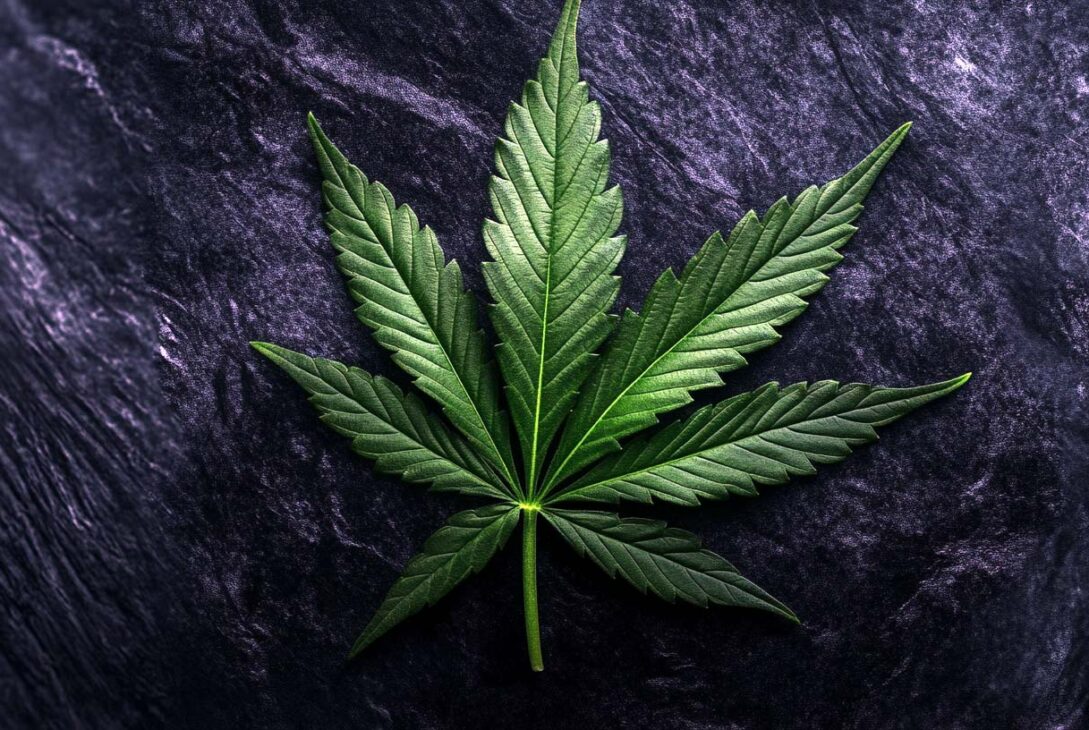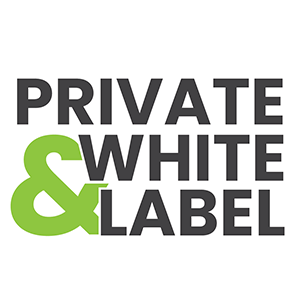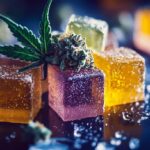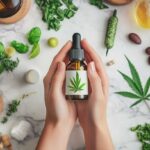Understanding the Risks Associated with Low-Quality CBD Products
As CBD use gains traction across the United States, understanding the landscape of this burgeoning market is crucial for consumers. With so many products flooding the shelves, it’s vital to be aware of the potential risks associated with low-quality CBD. This guide aims to help you navigate the complexities and make informed, safe choices.
Introduction to CBD and Its Regulation
CBD, or cannabidiol, is a cannabinoid derived from the hemp plant known for its numerous potential health benefits. Unlike its psychoactive cousin, THC, CBD does not create a high, making it an attractive option for many seeking wellness support. However, the regulatory landscape surrounding CBD remains murky. While the FDA has approved Epidiolex for specific seizure disorders, it has yet to evaluate the vast array of other CBD products available on the market.
Safety Concerns and Potential Risks
Adverse Side Effects
Low-quality CBD products can bring about a range of unwanted side effects. Here are some common ones:
- Drowsiness
- Dry mouth
- Low blood pressure
- Nausea
- Fatigue
- Irritability
In some cases, users have reported more severe issues, such as liver injury or interactions with other medications. It’s important to remember that individual reactions to CBD can vary widely, and what works for one person may not be suitable for another.
Contaminants and Unsafe Manufacturing Practices
One of the most significant risks associated with low-quality CBD products is contamination. Products may contain harmful substances like pesticides, heavy metals, and even levels of THC that exceed legal limits. These problems often stem from poor manufacturing practices, where quality control is lacking. A study revealed that many CBD products do not reflect the advertised CBD levels, and some may contain harmful contaminants as a result.
Unreliable Dosage and Purity
Federal regulations do not mandate that CBD products meet specific standards for potency or content, leading to discrepancies between labeled and actual concentrations. A disheartening statistic showed that only about 31% of CBD products purchased online contained accurately labeled concentrations. This inconsistency can lead to unpredictable effects and may pose additional health risks.
Identifying Low-Quality CBD Products
To navigate the market safely, keep an eye out for these red flags that may indicate low-quality CBD products:
Lack of Transparency
Reputable companies should be open about their sourcing, manufacturing processes, and product formulations. Look for brands that specify where their hemp is grown and how their CBD is extracted. Transparency builds trust.
Unproven Medical Claims
Be cautious of any products making sweeping claims about their healing capabilities. Since the FDA has yet to evaluate many CBD products, unsubstantiated medical claims should raise immediate concerns.
Inconsistent Labeling
Inaccurate product labeling can lead to confusion and potential misuse. Always check labels for correct CBD concentrations and ensure they reflect the actual amount in the product.
Presence of Contaminants
High-quality CBD products usually come with third-party lab test results. These tests verify that the products are free from pesticides, heavy metals, and other contaminants, providing peace of mind to consumers.
How to Choose High-Quality CBD Products
To ensure that you’re selecting a safe and effective product, consider the following guidelines:
Seed-to-Sale Model
Companies that embrace the seed-to-sale model are typically more trustworthy. This approach ensures that every step – from planting the hemp to extracting and packaging the oil – is monitored for quality and safety.
Extraction Method
The method used to extract CBD can greatly influence product quality. Look for products that utilize CO2 extraction, a process that results in a purer and more potent oil.
Third-Party Testing
Seek out products that have undergone third-party testing. These independent tests validate the product’s potency and purity and are a hallmark of quality assurance.
Consult Your Doctor
If you’re considering trying CBD, especially if you’re on other medications, always consult with your healthcare provider. They can help you understand potential interactions and advise you based on your health history.
Conclusion and Actionable Tips
Navigating the CBD market may seem daunting, but prioritizing your health and safety can streamline the process. Here are some actionable tips:
- Research Thoroughly: Investigate companies for transparency, quality, and testing protocols.
- Consult Professionals: Before starting any CBD product, discuss it with your healthcare provider.
- Beware of Exaggerated Claims: Stay alert for products making unverified health claims.
- Check for Safety: Ensure the product undergoes third-party lab testing to confirm its purity and potency.
By being informed and cautious, you can navigate the waters of the CBD market confidently and make choices that align with your wellness journey. Remember, high-quality CBD is out there; you just have to know where and how to look for it.
Additional Resources
For further details on CBD, refer to the FDA’s guidelines which shed light on regulatory standards and safety concerns. Health institutions like Cedars-Sinai and Harvard Health also provide valuable insights into the benefits and risks associated with CBD use. By leveraging quality information, you can stay informed and make better choices.
In conclusion, as interest in CBD continues to rise, educating yourself on the potential risks associated with low-quality products can safeguard your journey toward wellness. With patience and research, you can find a CBD product that not only meets your needs but also enhances your overall well-being.


















